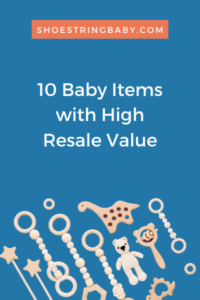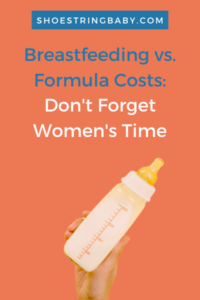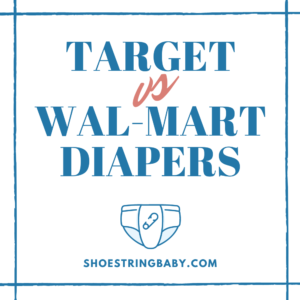12 Ways to Save Money on Baby Wipes
This post may contains affiliate links. As an Amazon Associate, I earn from qualifying purchases. Read the full disclosure here.
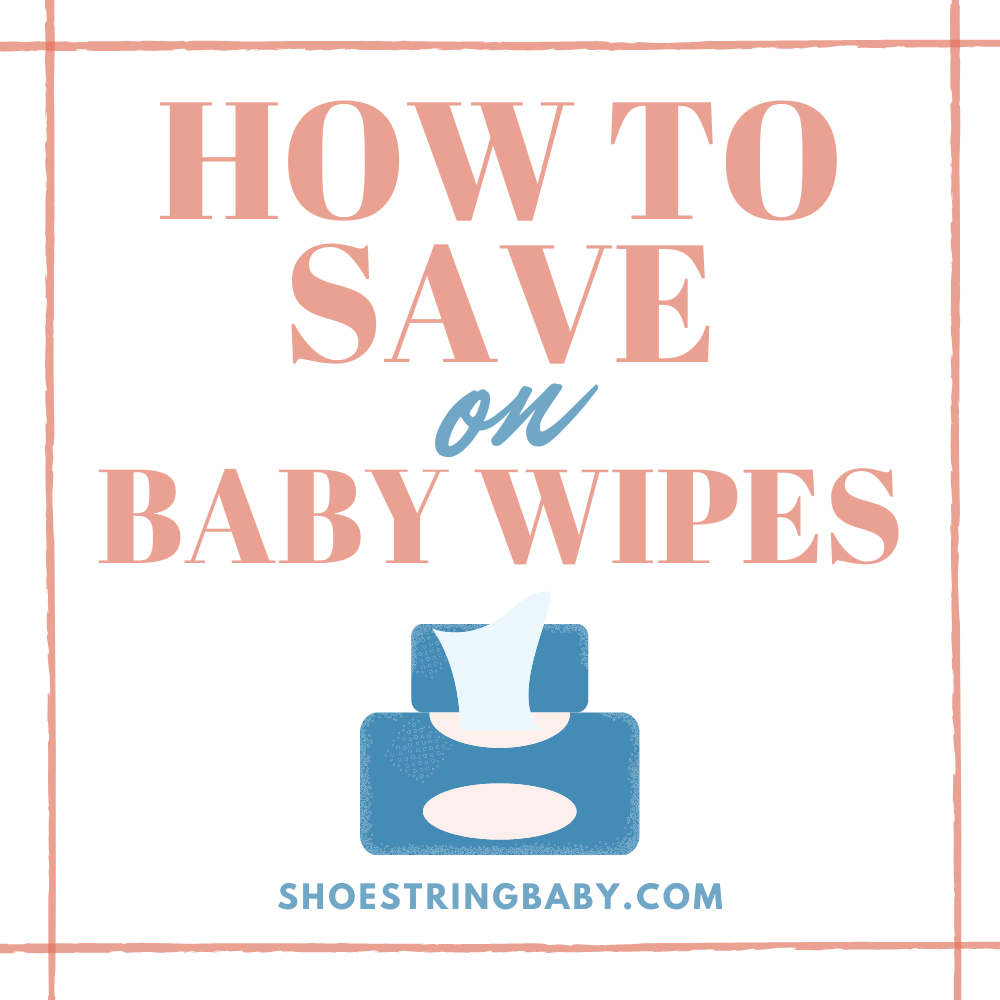
Looking to save money on baby wipes? Read on to learn 10 ways to save on your baby wipe stash.
When I studied abroad in Tanzania, baby wipes were like gold. The running water was erratic at best, and baby wipe baths were a respectable way to get clean.
To get your baby wipe stash to last months, it was a delicate balance of using fewer baby wipes while also achieving a modicum of cleanliness. Needless to say, I became a pro at stretching the life of a pack of baby wipes.
Now that we have a baby, our baby wipe consumption has really ramped up. We even rate how bad diaper changes are on a how-many-wipes scale.
But having a baby has made me more mindful of the financial and environmental impact of disposable goods like baby wipes. I started to dabble in cloth diapers and set out to curtail our baby wipe spending and use.
Below you’ll find 10 easy ways to save money on baby wipes. A lot of these ideas also help you use fewer baby wipes overall, which is good for the environment too!
Before we dive into ways to ways to save on baby wipes, let’s first look at some reasons why you may want to curtail your baby wipe spending and usage.
Why Should You Try To Save Money on Baby Wipes?
You may be thinking that baby wipes are pretty darn cheap, why should you worry about the cost? Here’s the thing, you’ll likely be diapering for at least a couple years and over time the cost of baby wipes adds up. And if you opt for name-brand wipes, the costs will be even more significant.
If you opt for a premium brand like WaterWipes, you’ll spend about $225 on wipes over two years of diapering assuming you use five wipes a day (estimated based on Oct. 2022 pricing). If you drop your wipe usage down to three wipes a day, you’d save about $90.
Simply opting for store brands saves a lot on wipe costs. Costco’s Kirkland brand wipes would cost about $93 for five wipes/day and $49 for three wipes/day over two years (estimated from Oct. 2022 prices).
But Costco is not the cheapest baby wipes. You can do even better cost-wise buying Target Up & Up or Amazon Elements house-brand baby wipes, which will run you around $70 over two years at five wipes/day (Oct. 2022 estimate).
Regardless of your wipe brand choice, there is money to be saved by looking for deals and using fewer baby wipes.
Other Reasons to Use Fewer Baby Wipes
In addition to the money you’ll save on baby wipes, there are more perks to reducing your disposable baby wipes use, including health and environmental benefits.
Health Reasons
If your baby has sensitive skin, you may want to reduce baby wipe usage. For some babies, baby wipes may cause a skin reaction like rashing or contact dermatitis, thought to be associated with the chemical preservatives in some wipes, such as methylisothiazolinone (MI).
Our pediatrician suggested rinsing off the baby wipes before use if we were dealing with a bad diaper rash, even when using a sensitive-skin wipe.
That said, many babies use wipes without any issue. Reactions to wipes may be akin a food allergy, most babies are fine but a small population of babies may have a specific sensitivity.
Environmental Reasons
Baby wipes seem similar to toilet paper or paper towels so it is easy to overlook that some wipes contain petroleum-sourced materials (plastics) and/or non-biodegradable polymers.
For example:
- Pampers wipes include polypropylene, a plastic polymer.
- Huggies has committed to removing plastics from their wipes (at least in some markets) in the next five years, but currently they still contain them.
Some wipes are plant-fiber derived like Costco’s Kirkland wipes, which are made of Tencel (this is now our preferred brand). Though they still come in plastic packaging, and any type of fiber processing does come with resource expenditures.
[UPDATE: This section previous listed WaterWipes as being 80% polyester. They recently switched to being 100% viscose, a plant-derived material. This is a great change and I wanted to highlight them making these environmental improvements.]
Overall, cutting back on how many baby wipes you use is one way to reduce the ecological footprint of babyhood.
Ways to Save Money on Baby Wipes
Below you’ll find ways to save money on baby wipes, including ideas for cutting your baby wipe costs by reducing the number of wipes you use.
1. Add baby wipes to your registry for the completion discount
Many baby registries offer what they call a “completion discount” where they give you a 15% discount when you personally buy things off your registry. If you add baby wipes to your registry, this is an easy way to save 15% off the retail price.
We skipped having a baby shower but still made an Amazon Baby Registry to take advantage of the 15% off completion discount. You can use the discount twice and it starts 60 days before your due date and lasts 90 days after birth, so you can use it on all the little things you don’t realize you need until the baby comes.
Target’s registry completion discount is good for six months after birth, but you can only use it once online (and once more in the store).
2. Stock up when you see a discount
Baby wipes usually have a long expiration date so it is safe to stock up on them when you see a good deal. For example, Target frequently runs deals where you get a gift card back when you buy a certain dollar amount of diapers and wipes. Costco will also occasionally put their wipes on sale.
I recently got a 12-pack of Amazon Elements wipes when they were running a 20% discount on top of a sale price so worked out to be almost half the price of other store brands (purchased in Oct. 2022). We’ve definitely been pleased with the wipes’ performance for the cost.
3. Start your order through Rakuten
Rakuten is a cash-back platform that helps you save money on purchases you make online. You receive a percentage back of your purchase price for starting your shopping through Rakuten.
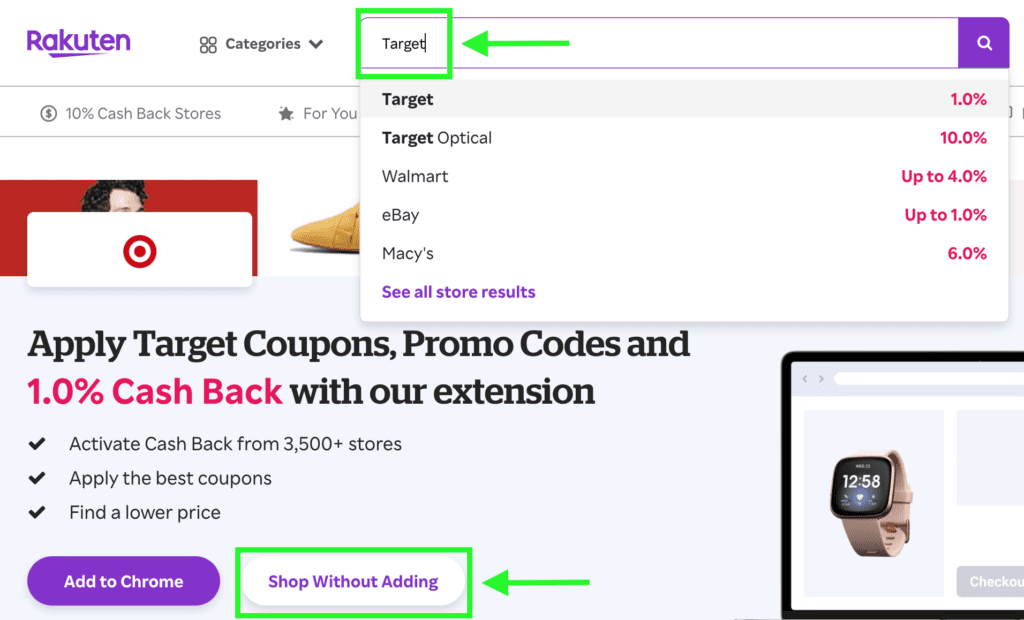
Before you buy wipes, simply start your shopping experience from the Rakuten website, search for your retailer of choice, and then click the link as shown in the picture. You can also use their browser extension to make savings this automatic.
I’ll admit, I often forget about Rakuten even though its so easy. I included it in this list to hopefully remind people that it exists and is a really simple way to save a few bucks.
If you don’t already have a Rakuten account, you can sign-up for one here (affiliate link that also gives you a $30 new member bonus).
4. Skip wipes for pee diapers
Okay, this one may be controversial — we don’t wipe after most pee diapers. In fact, it can be easier on baby’s skin to skip pee-only wiping, since the wipes and/or frequent rubbing may increase skin irritation.
This was a tip I learned on Reddit after our baby was born; yes, more of our parenting strategy comes from social media than I care to admit. Disposable diapers work so well that likely your baby’s skin is pretty dry and doesn’t need wiping.
If you’re not convinced on how well disposable diapers absorb, check out some of my diaper absorbency experiments.
5. Use part of the diaper for an initial wipe.
When possible, we use an unsoiled part of the old diaper to do a first pass on wiping, and save the real wipes for the rest of the clean up.
For example, we’ll use the clean front diaper to wipe front to back as we pull the dirty diaper away. Then we’ll go back and do a more detailed clean with a wipe.
By doing this, we often are able to keep most diaper changes to only one wipe.
6. Use Amazon’s Subscribe and Save with caution to save on baby wipes
Amazon offers discounts if you sign up to get some items automatically delivered at set intervals. These subscribe and save discounts can be a great way to save if you are already ordering items regularly.
You can save 5% on one item or 15% off five items on subscriptions. You can set items to deliver frequency from biweekly to as infrequently as every six months.
However, Amazon sells big boxes of baby wipes and likely you won’t use them fast enough to need regular deliveries. You could set a subscription to deliver every six months, but there’s a good chance you’ll forget about it and end up with an order you weren’t expecting (baby brain is too real).
You could also opt for a wipe that sells in smaller quantities, like Amazon’s Mama Bear brand’s generic version of WaterWipes. Or, you could subscribe to take advantage of the discount and then cancel before your next order (you can cancel at any time).
If you think you can be on top of managing subscriptions, this is definitely a way to save on baby wipes but keep in mind that it comes with that extra mental load.
7. Grab a square of toilet paper for small spots
It is fairly often that we get our baby nearly clean, but can’t quite finish the job with the last wipe. Before you grab a whole extra wipe for tiny detail work, try a square of toilet paper first.
A square of toilet paper is cheaper than a wipe and uses less material so more environmentally friendly.
8. Try a rinse in the sink
Skip wiping and use the sink as a baby bidet instead. Our pediatrician suggested this as an option for a gentler clean option, especially when dealing with a rash.
This tip works better for tinier babies but we will still do it with our older baby when the poop situation is dire.
9. Opt for reusable cloth wipes to save money on baby wipes
Want to eliminate baby wipes costs all together? Cloth wipes are actually pretty easy to use if you want to go fully reusable.
You can buy pre-made cloth wipes for less than a box of disposable wipes (Oct. 2022 pricing). But, pretty much any old fabric will do you — we personally cut up an old baby blanket to use.
To keep it easy, we kept a bottle of plain water on hand and wet the cloth wipes as needed. This would be a good second life for the hospital peri bottle.
10. Consider part-time cloth wipes
Remember, cloth wipes don’t have to be an all or nothing endeavor. You could mix them in sometimes depending on the situation.
For example, if you still want to wipe pee diapers, cloth wipes could be a good option. You can pop a pee-only wipe straight into the washing machine so it is easy clean up.
11. Revive dried out wipes.
Don’t toss wipes that have dried out! A little rinse under the sink or a spray of a water bottle and they’re as good as new, savings you the money from having to buy replacements.
12. Start potty training or elimination communication.
If developmentally appropriate for your baby, you could start trying to potty train. Potty training is the ultimate diapering money saver because each successful bathroom trip is another wipe and diaper saved.
Not quite ready to potty train but interested in cutting down on diaper changes? Perhaps part-time elimination communication is right for you.
Looking to save more money on diapering? Check out our comparison of cloth diapers vs. disposable diaper costs or find out whether Pampers vs. Mama Bear diapers are really worth the extra money.

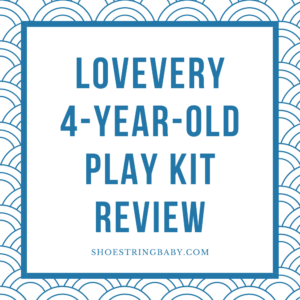
![Sit-Me-Up Seat vs. UpSeat [2023 Baby Floor Chairs]](https://shoestringbaby.com/wp-content/uploads/2022/06/sit-me-up-vs-upseat-200x300.png)
